Veeam
During the early years of virtualization, VM native backup was not a thing. I, like most other sysadmins, had already invested heavily in traditional backup solutions, squarely aimed at the OS filesystem layer. We’re talking agents and robotic libraries. So I, like many other, approached backup of virtual servers in the same way as when they were physical, partly since that was the only thing I knew and partly since investments had already been made. I ran Backup Exec back then. In the golden years between 99-05, when the backup exec brand was still owned by Veritas, I had really no reason to look elsewhere. It was a great product, and it worked beautifully for my needs. So, in the beginning of the virtualization era I did my backups the same way I had always done, installing agents on the servers and siphon files from the filesystem.

TDS
Sure, there were problems with my backup approach, even pre-virtual. The tape libraries especially were a disaster. When the Taiwanese company Promise technologies released their low-cost external SCSI SATA boxes, and prices for disk had dropped drastically back in 04, I jumped the train and bought a couple of their boxes named VTrak.
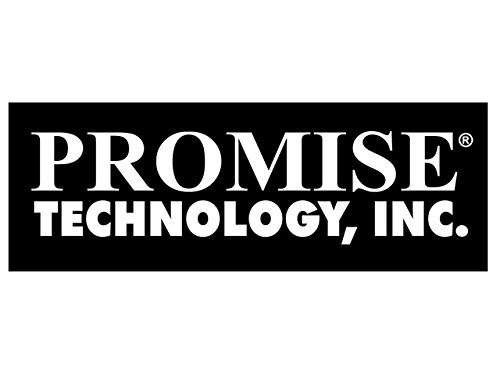
I still treated hard drives in the VTraks as tape, hot-swapping them on a regular basis, storing the latest copy in a vault, and sending monthlies off for external storage. But even though the backup-to-disk approach needed almost as much care and attention, it was a huge improvement compared to tape! The backups were faster and there were no fragile robotics involved, so the backups actually ran as expected for a couple of years. But the restore was still as bad. When a VM died for some reason or another, I had to set up a new one (from a template, so that was quite straight-forward) and restore all data from backup. The problem was the applications. They had to be re-installed manually. And if the developers/users of the broken VM had put their data anywhere but in the designated backup path, well, then that data was gone forever, leaving me with a very unhappy user. Well, ce la vie, was my stance. I can’t backup all data on all VMs. I just can’t. I say no. It can’t be done! But at least I don’t have to buy a new physical server every time a VM dies. But regular backup/restore was not the main problem. Disaster Recovery was. What if the server room was burnt to the ground? What then? Sure, I’d have up to a month-old copies of the (most important) data safe and sound in external storage. But where would I put that data? Buying components for a new server room, networking, storage and servers, fitting equipment, installing and configuring it, downloading software and creating all OS templates needed, deploying a hundred VMs, installing applications on them and restoring the data. Well. That would take approximately 4 weeks. If lucky. Plus the potential 4 weeks of data loss. The company would probably not survive a stand-still for a month, even less the loss of a month worth of data. I started having nightmares, tossing and turning, worrying about a complete server room meltdown. I started see all possible things that could go wrong with my setup. I had angst. After Symantec bought Veritas back in 05, also the previously so trustworthy Backup Exec started to turn to crap. And somewhere around late 07 I realized it was time to act. Virtualization was here to stay, and I needed a proper Backup & D/R solution fit for the modern age. But where to look? I sure as hell was not gonna stick around with Symantec, even though they had started to talk about virtualization and adding some half-assed attempts to their more and more defunct product.
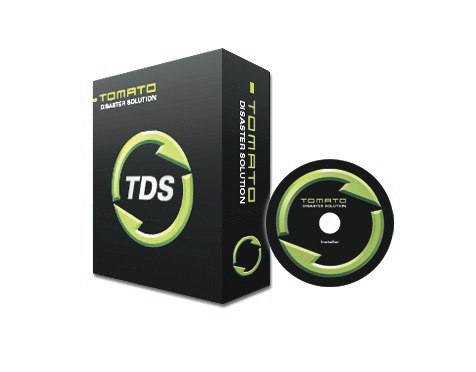
Luckily the Norwegian branch IT-manager had established a relationship with a small basement-company in Oslo, called TDS (Tomato Disaster Solution). He (the IT-manager) was very persistent, so I, and the other IT-staff in the group, agreed to go for it. We were to set up a round-robin replication scheme between the data centers, and we were gonna use Data Domain boxes to store and replicate the backups. Et voila, we would have a disaster recovery solution!
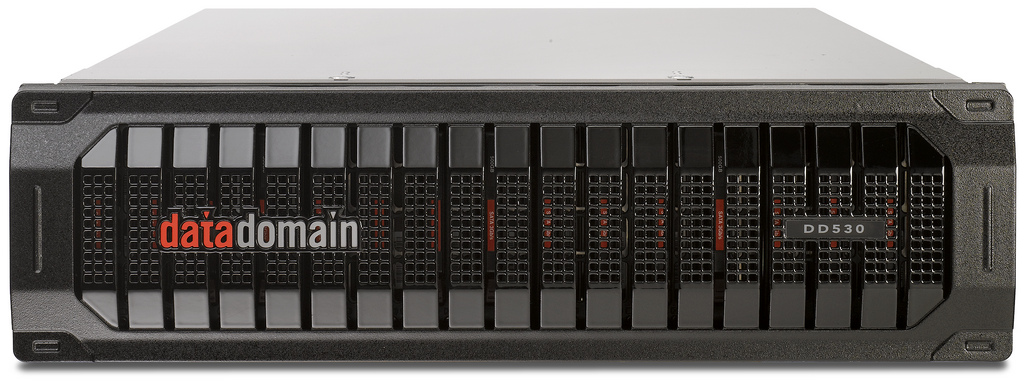
The Data Domain boxes were cutting edge at the time. They had this new feature called “Data De-duplication”, or dedup for short. It was really amazing stuff! And for backups, it was just perfect, since backup data tend to contain pretty much the same bits over and over, you would be able to fit copious amounts of backup in there. On top of dedup, it also had state-of-the art real-time compression capabilities. But, oh my where they expensive. I had to have many sessions with the Swedish CEO, explaining the benefits of DR and painting catastrophe scenarios, before he finally agreed to sign off on the order for the TDS/Data Domain solution, this being in the middle of the global financial crises and all.
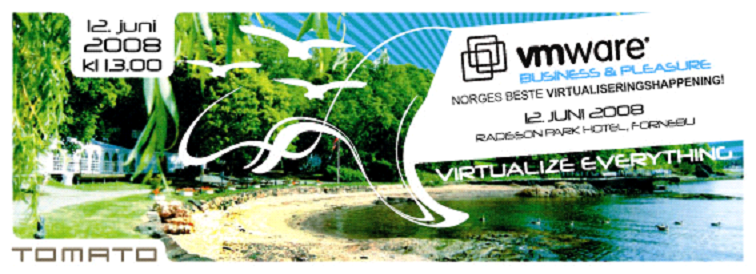
Finally, my server room catastrophe nightmares would end!
Veeam
TDS served me well for a couple of years. And the Data Domain box worked perfectly. It was just dreamy, having complete VM backups, ready to be restored with a click of a button. But after a while, TDS, the backup software started to go downhill. TDS (the company) was being sold and bought, merged and tossed between Norwegian companies, and somewhere around 11, it became clear to me (and the other IT-managers) that we needed a new solution. The Danish IT manager went with an extremely expensive Commvault solution. The Norwegian IT-manager went with an even more expensive NetBackup solution. I almost crapped myself when I saw the cost! It was just not right, spending as much on Backup & D/R as on the whole datacenter! So I started to look elsewhere. Luckily, I had heard good things about this Swiss startup Veeam, and when my, at that time, brand new IT provider recommended a solution based on Veeam and Lefthand arrays, I went with that. I have never regretted going with Veeam! Lefthand, however, I’ve regretted a lot. But as for a backup and D/R solution Veeam/LeftHand served me well. Especially Veeam! As soon as Windows Server 2012 (I think it was with R2) got dedup support, I built my own backup appliance using Synology NAS (with iSCSI) and a Windows host to do the data moving and deduping. It worked beautifully! And boy was it cheap! I spent less then a third on my backup & D/R solution compared to the other branch offices! And I can assure you, my solution performed better than theirs!
Prediction
Veeam has done everything right in my opinion, and the fact that they are still their own (having defended themselves from takeover from the likes of Symantec, Dell and HPE I imagine), and doing their thing, to me, is a real unicorn story. Like VMWare, they unfortunately have let their core offering (protecting the data center) stand in the corner while a lot of cloud and analytics packages has stolen focus. But hey, I guess all companies need marketing to keep up the appearance of relevancy, and there’s no way to get the attention of c-suites if you don’t put words like intelligent and transformation up on the webpage.
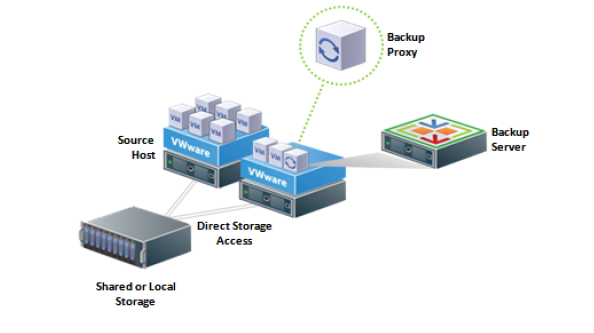
And there’s no denying Veeam has kept an extraordinary road-map, releasing features at just the right time and step by step having won the market shares, creating a product suite fit for any company, no matter how large or small! For example when they released 3PAR direct access support to move backups straight from the SAN, I was over the moon! And it has just worked (almost) flawlessly! Let’s hope they keep delivering stability and useful features. Let’s hope they don’t get swallowed up by one of the larger fishes. Let’s hope their fairy tale lasts forever!
The personal experiences, viewpoints and opinions expressed in this blog post are my own and in no way represent those of the company.
